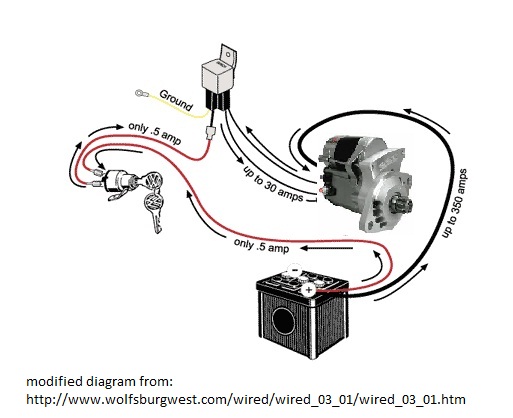- Thread starter
- #341
One last rant...the Ford remote starter solenoid has failed already. I'm not kidding. It cranked once and is now fried. It was manufactured by our friends south of the border so I guess I shouldn't be surprised. I'm done buying crap made in Mexico as an Optima BlueTop battery I purchased just failed after 1 year also. Anybody have a good source for a USA or European made solenoid? By the way, I bypassed the solenoid and the engine cranks like crazy so there's nothing wrong with my wiring.



